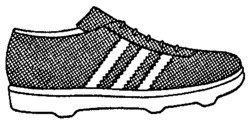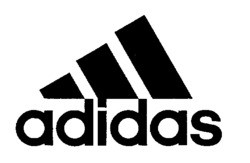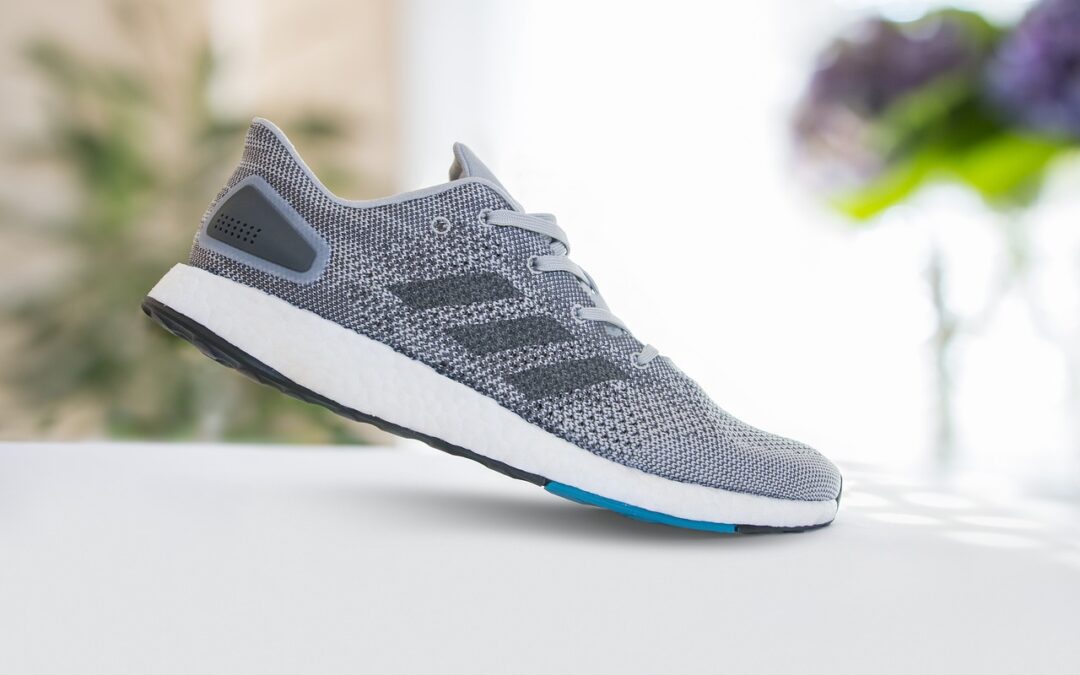FACTS
The claimant is owner of two international marks extended to Hungary, namely:
1.IR No. R426.376 design in class 25 for sport shoes

2.IR No. 589.156 design in class 3 for cosmetics

The defendant filed a request for export permission of sport shoes to Serbia. The competent Customs Office ordered seizure of 8565 pairs of sport shoes under different signs. The signs were e.g. GREWAL, EC-ART, LUCK, WANLI.
The plaintiff claimed that the sport shoes with the signs EC-ART, LUCK, WANLI bear confusingly similar stripes to that of his protected marks and on the GREWAL sport shoes there can be also found a confusingly similar sign, i.e. four parallel stripes running on both sides of the shoes compared to claimant’s mark IR No. 589 156.
The Metropolitan Tribunal ordered with interim injunction the seizure of the whole shipment.
The claimant requested condemnation for trademark infringement by the Metropolitan Tribunal. The claim was partially successful: the defendant was condemned for trademark infringement and was prohibited from continuation of the infringing activity. Moreover, the Tribunal ordered destruction of the goods seized. The Tribunal further obliged the defendant to publish the judgement in two leading newspapers at his own costs. Finally, the Tribunal ordered that the defendant should pay the storage cost of the seized shoes to the Customs Office, which was ordered by the Customs Office. The Tribunal said that the owner of the mark had exclusive right to use the marks, moreover, relating to marks with reputation the use of them or the exploitation of the reputation is also forbidden [(Trademark Act. Sec. 12 (2)]. Moreover, import or export activity of such goods is also prohibited. The defendant contested likelihood of confusion.
The Tribunal examined the four different types of infringing shoes separately.
Under the sign “GREWAL” the four parallel stripes running on the shoes without the well-known word “adidas” with the word “GREWAL” printed on the bellow tongue were not found enough for establishing infringement relating to confusing similarity. As a result, the Tribunal rejected this part of the claim.
In respect of the shoes-brand “EC-ART” decorated by a ribbon with three stripes, the Court did not find danger of confusion and also rejected this part of the claim.
In contrast, the Tribunal found that on branded shoes with the signs “LUCK” and “WANLI” there exists a confusing similarity. The Tribunal ordered the seizure of these two kinds of shoes.
Both the defendant and the plaintiff filed appeal with the Supreme Court in respect of the rejected claim. The Supreme Court found the defendant’s appeal partially founded, but the claimant’s appeal unfounded. The Court annulled the provision obliging the defendant to pay the storage costs and approved the other provisions of the Tribunal’s judgement. The Supreme Court agreed with the Tribunal that considering the characteristic stripes used on goods branded “LUCK” and “WANLI”, they are confusingly similar with the mark of the plaintiff.
A different conclusion was drawn comparing the plaintiff’s IR mark No. 589.156 and the sign “GREWAL”. The shoes with the sign “GREWAL” and their design show only a little similarity with the plaintiff’s mark. Consequently, the overall impression of the sign “GREWAL” does not seem to be confusingly similar to claimant’s mark.
The shoes brand with the sign EC-ART is not confusingly similar to the claimant’s mark.
In respect of the storage costs the defendant’s appeal was accepted. As based on Sec. 27(2) of TM Act such sanction cannot be enforced. This claim is premature; this claim can be forced only after the Customs Office has definitely determined the storage costs.
COMMENTS
The three-stripe logo was introduced by the claimant in 1952 after the Olympic games of Helsinki.
These three stripes are reputed at least in Europe (EU Court of Justice, C-408/01), moreover are under protection under international trademarks R426.376 and 589.156.
The seizure procedure was started by the Customs Office and the infringement procedure was initiated by the owner of the reputed marks as trademark infringement action.
The Tribunal – as well as the Supreme Court – rendered their decisions in respect of trademark law and did not condemn the use of the reputed three-stripe logo. They have not been used on both sides of the sport shoes, but as a quasi decorative element. One can agree with this.
The result would be perhaps different if claimant had sued also for unfair reputation, namely for the unfair exploitation of the three-stripe logo on the sport shoes.
I believe that it would be unfair to go deep down into the details of such imaginary process for unfair competition; my words serve only to demonstrate in this case correlation between Trademark Law and Law of Unfair Competition. This is not exceptional; it happens rather often.
Final observation
The above reported case is in conformity with the actual Trademark Act (1997). As the system of the jurisdiction was reformed in 2003, today the appeal in similar cases would be judged by the Metropolitan Court of Appeal and not by the Supreme Court.
In-house Counsel
Doctor of the Hungarian Academy of Sciences
Partner







